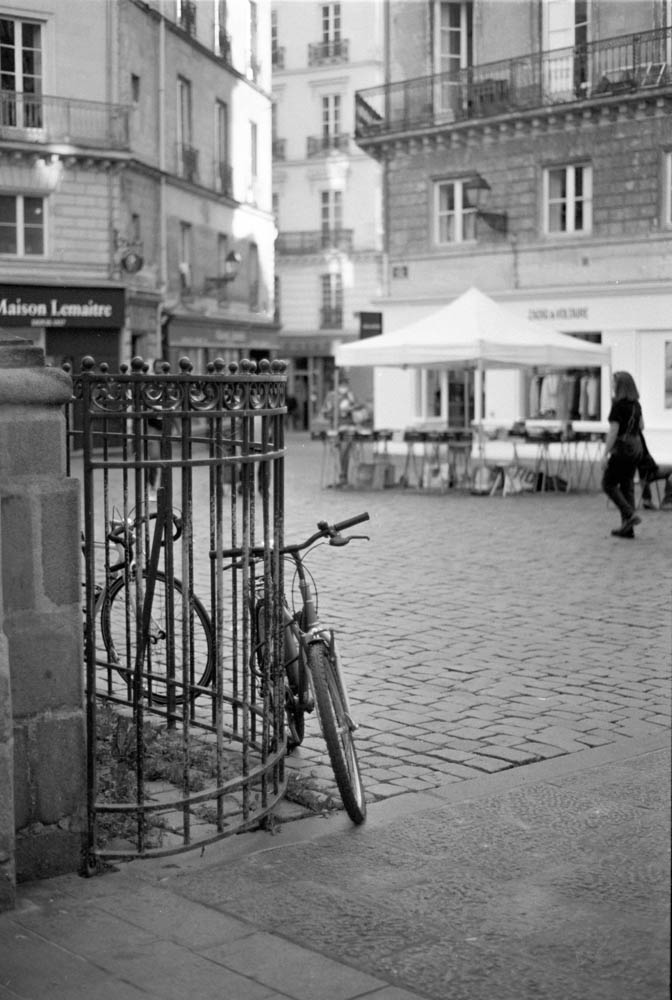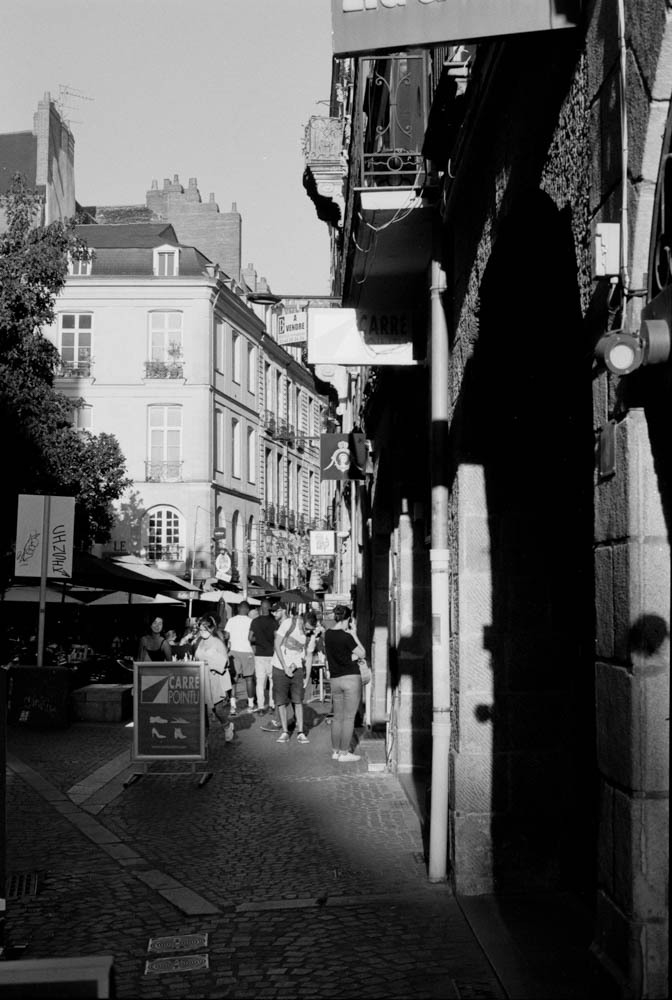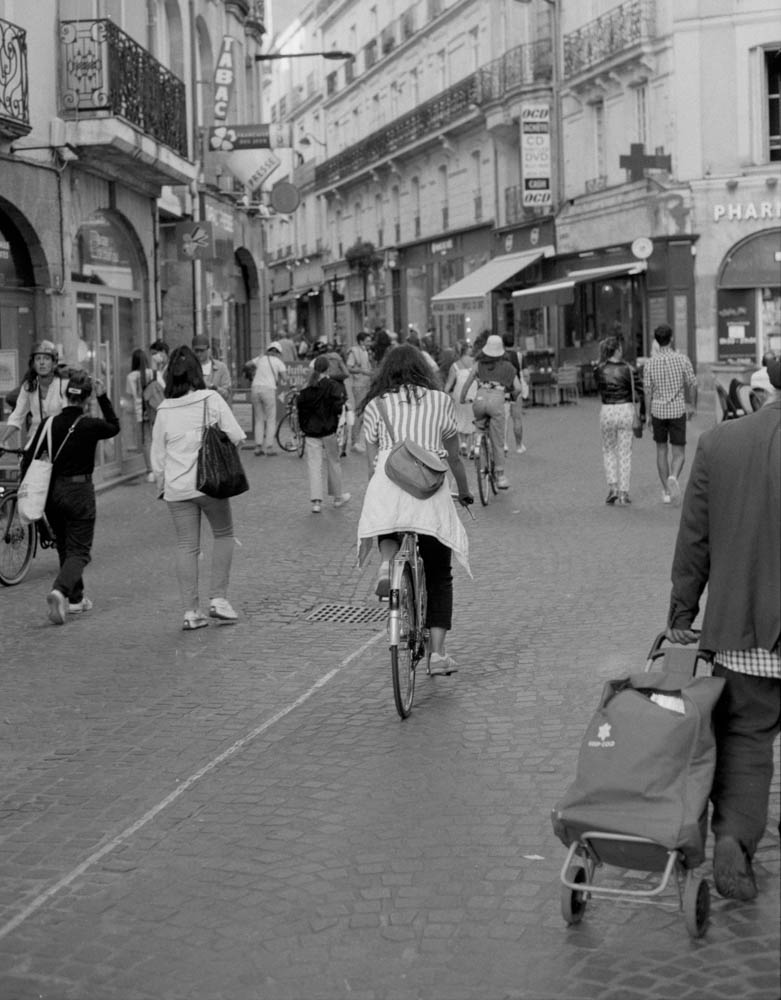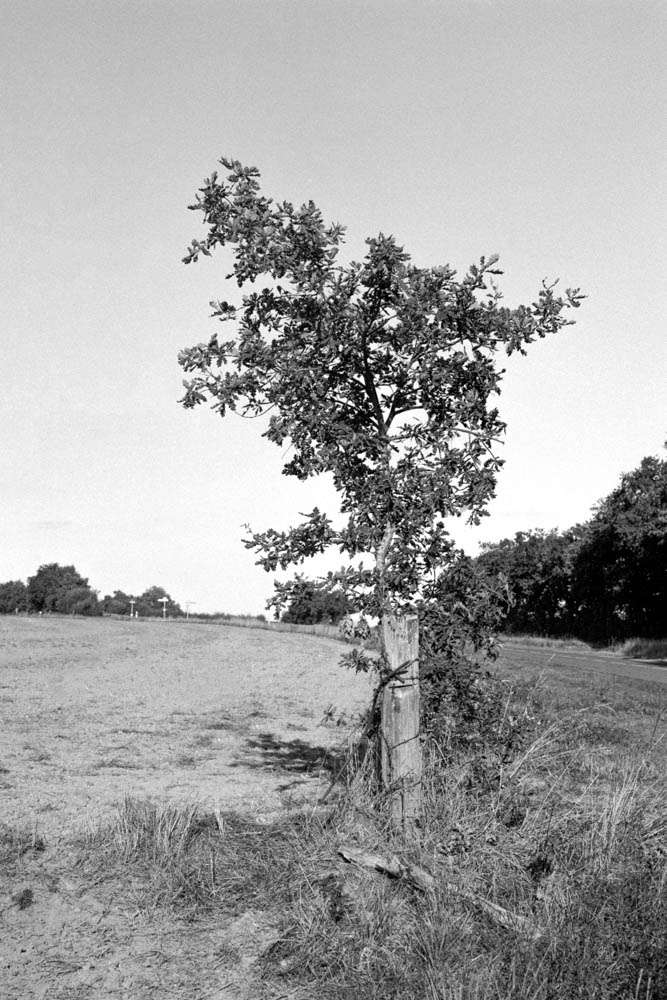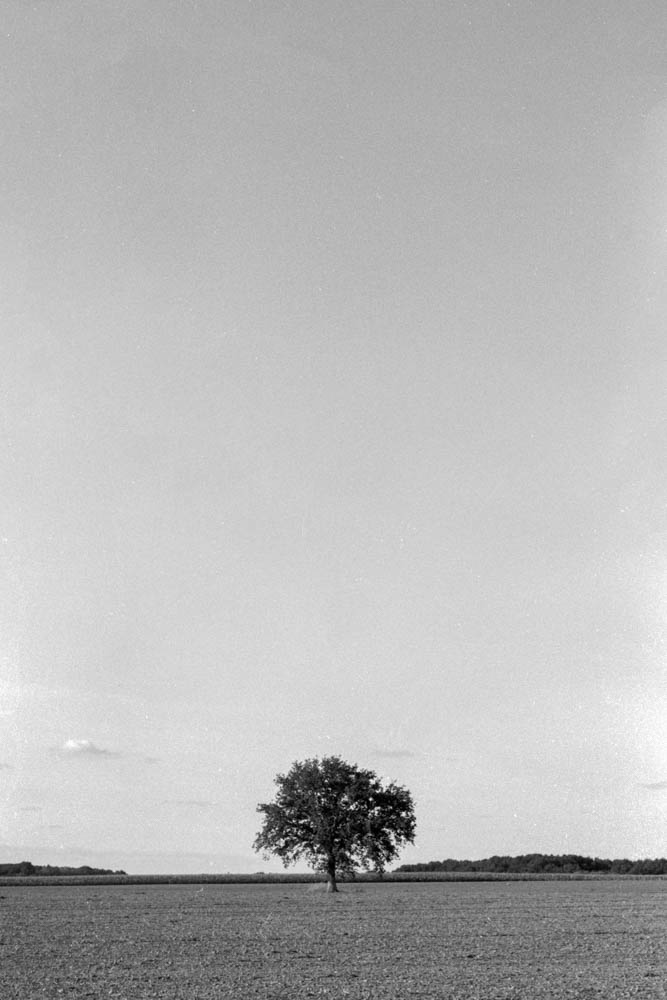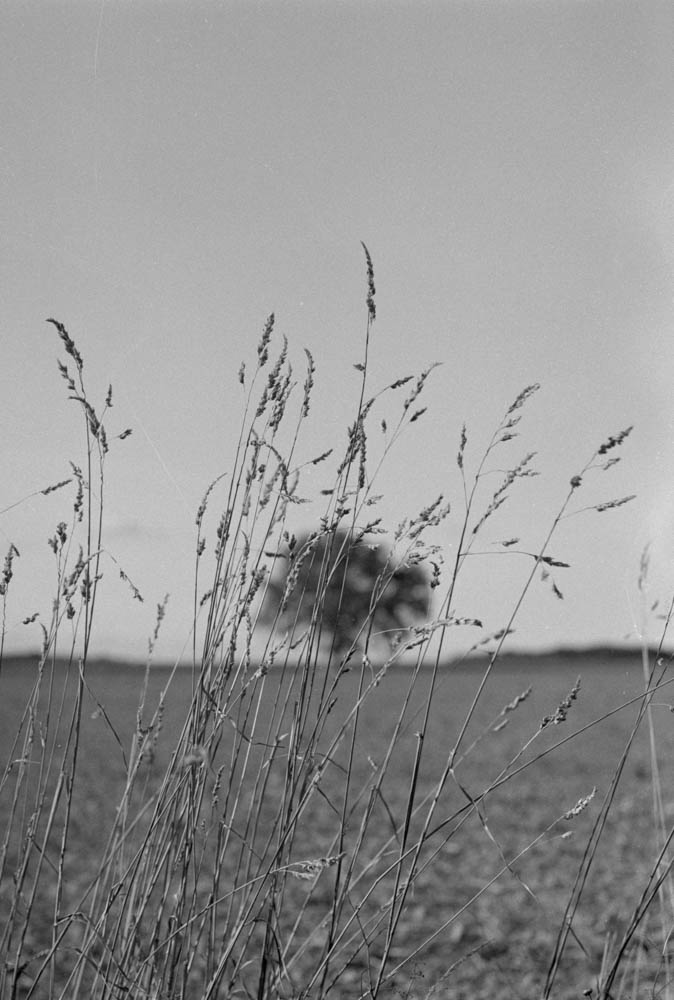I have a friend here who said that I am always contradicting myself and that it isn’t logical and how can I say two things at the same time, and I replied that the two things, although contradictory in appearance, are both as true. That person is a production of French education with philosophy as the subject that all French teenagers go through to learn how to think the way the Education Nationale tells them to think, under the guise of learning all about freethinking and critical thinking. I, however, am a lot less French despite what some people might like to think, and I will think any blooming way I desire, with or without contradictions.
I’m not talking about my mental state, for once, but photography. I love both digital photography and analogic photography. I am bewildered by modern technology and could be classed as a geek, and yet the experience of using old technology that is obsolete for some gets me all excited as a small child waiting for Father Christmas, but being told by their mother to go to bed, otherwise, he won’t come. It didn’t stop me from waking up at the crack of dawn, and I think my parents might have regretted the decision to buy me a guitar for Christmas and hearing me playing at some ungodly hour of the morning. As a 49, fat middle-aged gentleman, I can understand them, but my 6 or 7-year-old self didn’t and couldn’t imagine the disturbance that I had caused them.
Oh, how times change! While I’m on the nostalgia train going to the “good” old days, I have vivid memories of a drawer at my grandparents’ house, where my mother was brought up, and in whose room I would be staying. Inside this drawer, many “old” things just fascinated me. It could be my grandfather’s old plumbing ruler or golf tees. It could be anything but it was an entrance into another world for me. My grandmother’s kitchen, because at that time, my Grandfather wouldn’t be in the kitchen, was a place where everything was from the 1930s and it all just fitted together. There was the Anderson shelter, which had been turned into a proper pantry, was a relic from the Second World War where they would have sheltered from German bombs falling on the town and trying to stop my Great Uncle’s shipyards from operating correctly. My Great Aunt would drive around in an ambulance taking care of casualties. Amazing people from an amazing time.
What does this have to do with photography? Not a huge amount, but is that a problem? Oh yes, it tells you about my fascination for the old and very new. I have “a number” of cameras, the eldest being from the 1940s and the newest from 2021, with nearly every decade being represented in-between the two dates.
So I was going somewhere with all this. Ah yes, lately I seem to be getting back into film again. In the last but one article, you may have seen the photos from the Mamiya, which is a relatively modern camera being from the early ’80s. Well, this time, I’m still using a camera from the 1980s, the Pentax ME Super. For once, I wasn’t using Ilford HP5, which is my “go-to” film. No, I decided to be different and get out of my comfort zone, and use a new film. I say new film, I mean Rollei has been around for donkey’s years, but this was a “new to me” film. May I introduce you to Rollei RPX 100. I never use 100ASA film, but was turned by Fomapan 100, which you can see in the photos from the Hangar à Bananes. A fine-grain film, especially when you compare it to the grain from HP even when shot at box speed, let alone 800ASA or even 1600ASA.
The film was developed in ILFOSIL 3, and I thought it was great. I tried in town and country and was thrilled. The thing that pleased me the most was that it kept flat, which means a lot to somebody who has ever tried to scan film. The last time I bought a film I played wild cards, and it was also a lot cheaper than HP5 which is a very convincing argument. I still dream of Kodak Portra 160, but it is getting more and more scarce, and therefore more expensive. A beginning of the month kind of film. Oh look at that, my pay has just gone in…
So yesterday evening I was scanning a film my son had shot on a 1960s Kodak camera, and thinking about how he has changed since 2016 when I picked up my Fuji XT2, a slightly more modern mirrorless digital camera. I hadn’t used a modern camera in quite a while and it almost felt foreign to me, and yet familiar at the same time. My fingers seemed to find the controls without looking very far, and it felt very natural. Maybe my love of digital and analogue isn’t that contradictory after all?
Now it’s time to show you the results of the Rollei RPX 100. I liked it and am happy I bought more than one roll. The camera, as I think I said earlier, was the Pentax ME Super.






